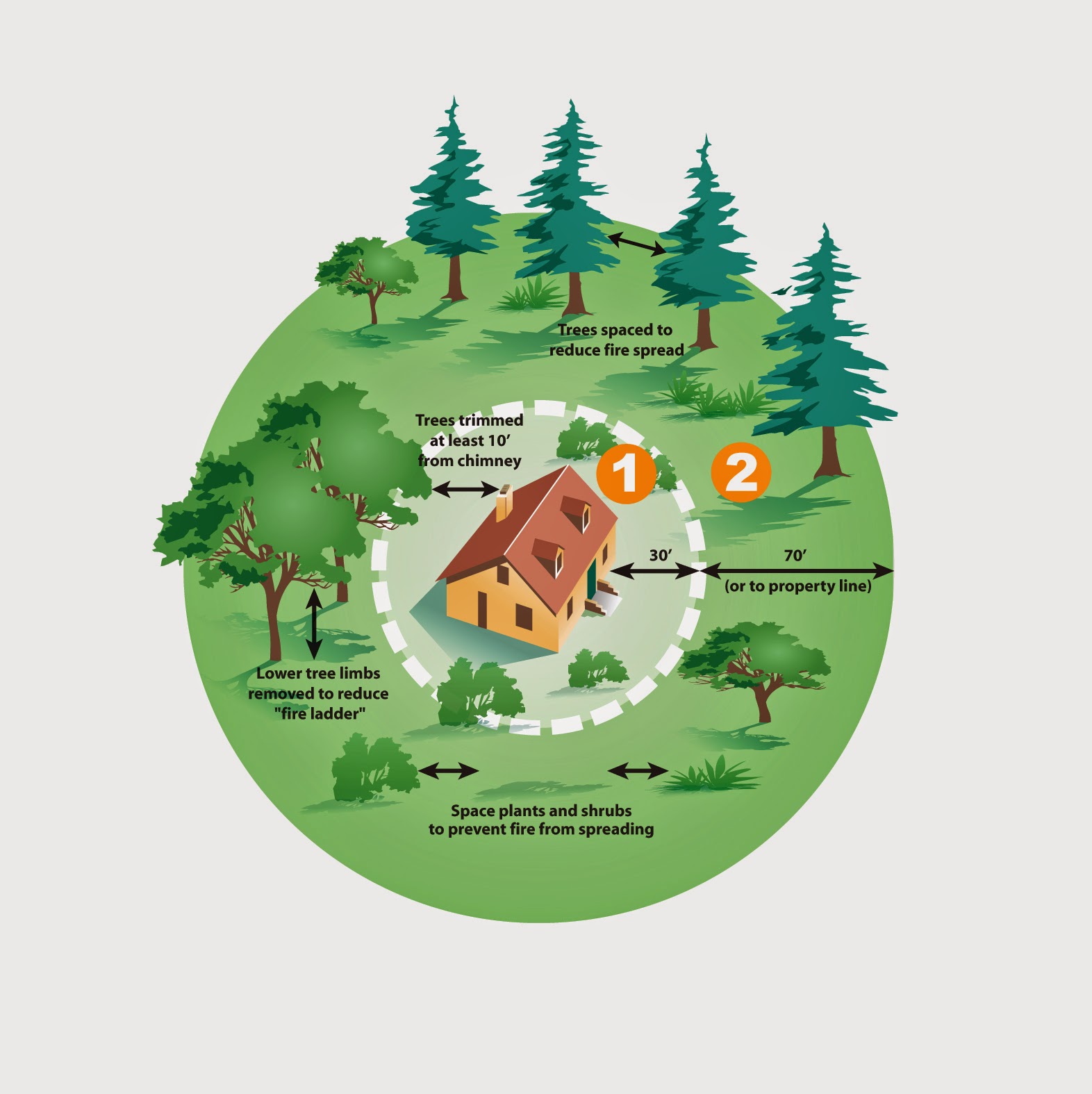 |
| Photo by Carol King |
So you saved your poinsettia from last Christmas. You fed and watered it properly and it’s looking good. Right now is the time to take action give it some uninterrupted darkness if you want “blooms” by this holiday season.
Photoperiodism is the physiological reaction of organisms to the length of day or night. Poinsettias are short-day photoperiodic plants. They actually sense seasonal changes in night length which they take as signals to flower. This means they set buds and produce flowers as the autumn nights lengthen, blooming naturally during November or December.
Starting about October 1, your poinsettia needs at least 14 hours of uninterrupted darkness each night at temperatures between 60 and 70F. Stray light of any kind (street lights, pool lights or lamps) could delay or entirely halt the reflowering process. From October 1 to December 1, (or for at least 40 days) your poinsettia will need a strict light/dark regimen to produce color. Provide 13 to 16 hours of complete and uninterrupted darkness daily. At dusk, place the plant in a dark room (or closet) or cover with a box or paper bag. At dawn, move or uncover the plant to allow 8 hours of sunlight. The dark treatment should last until color shows in the bracts (approximately Thanksgiving). Continue fertilizing and watering to encourage good growth.
For more information about the care of poinsettias look here:












